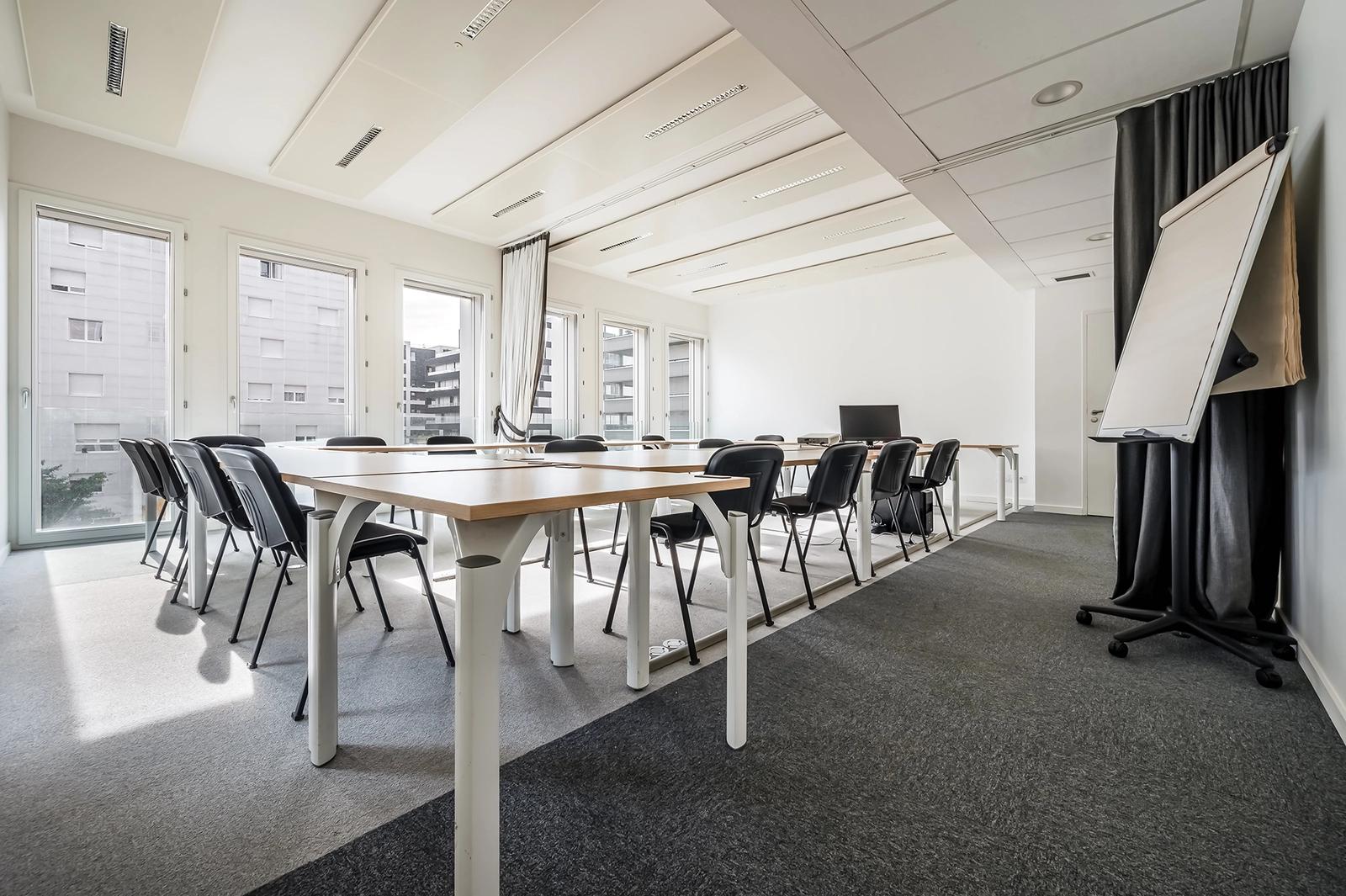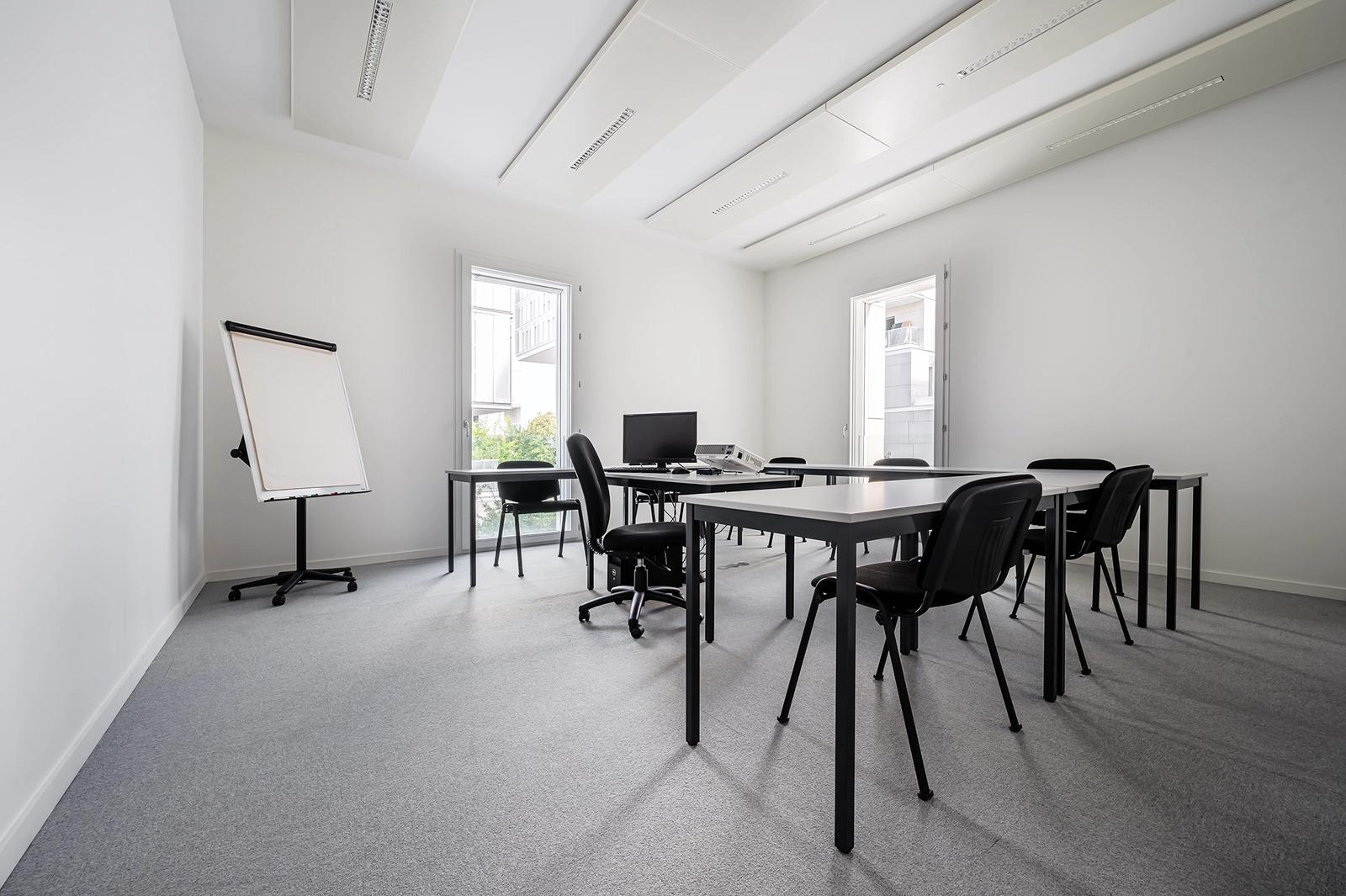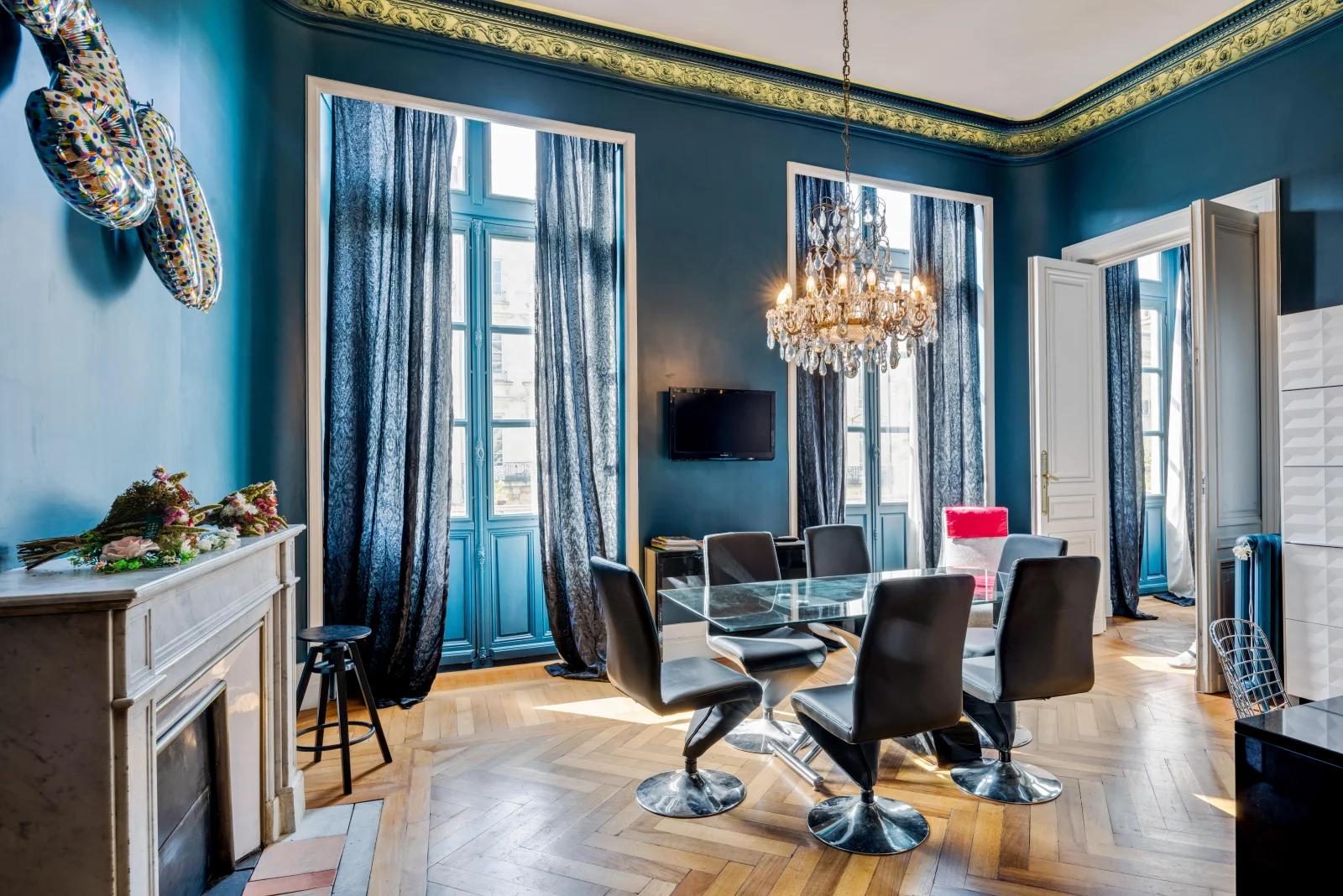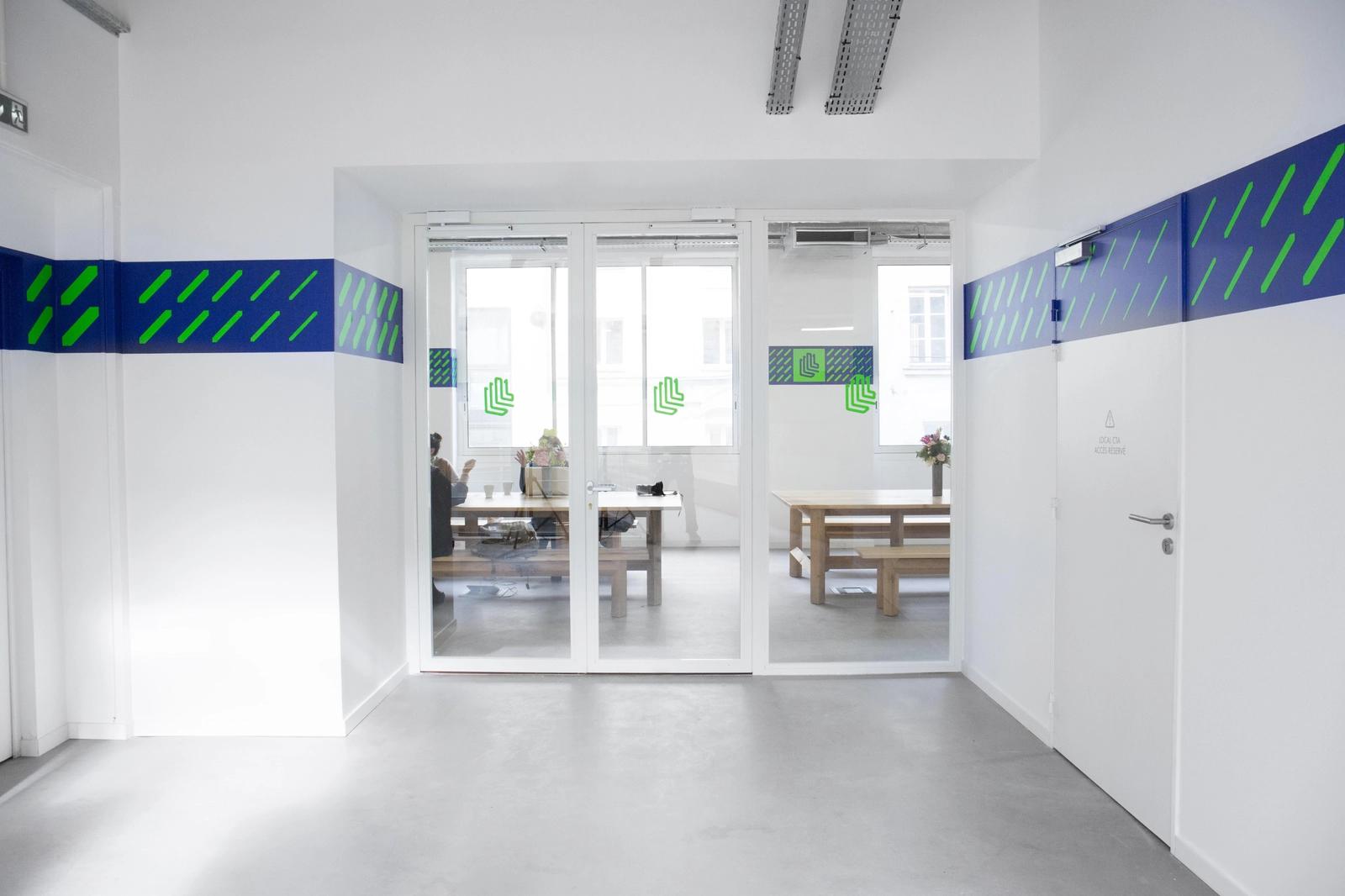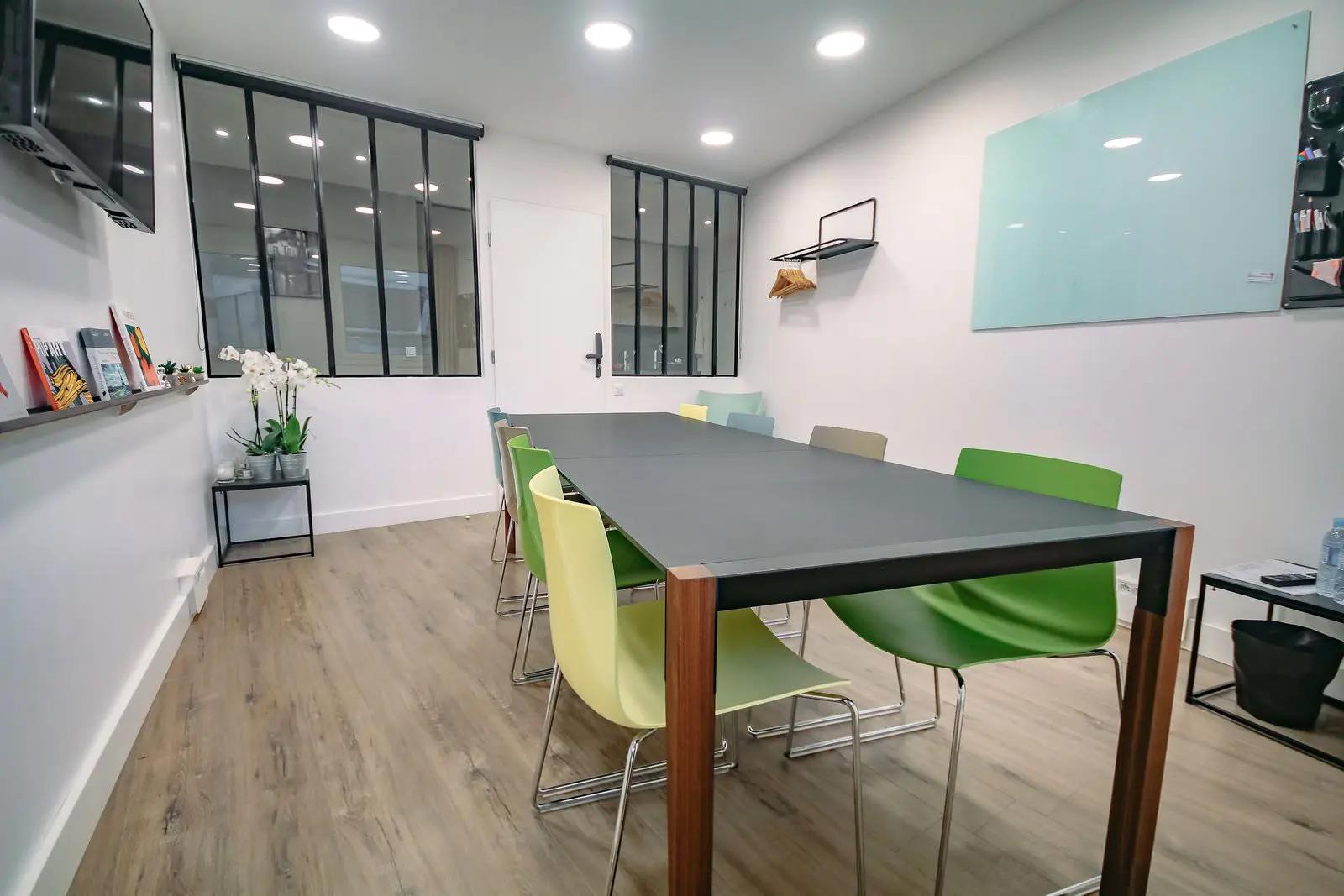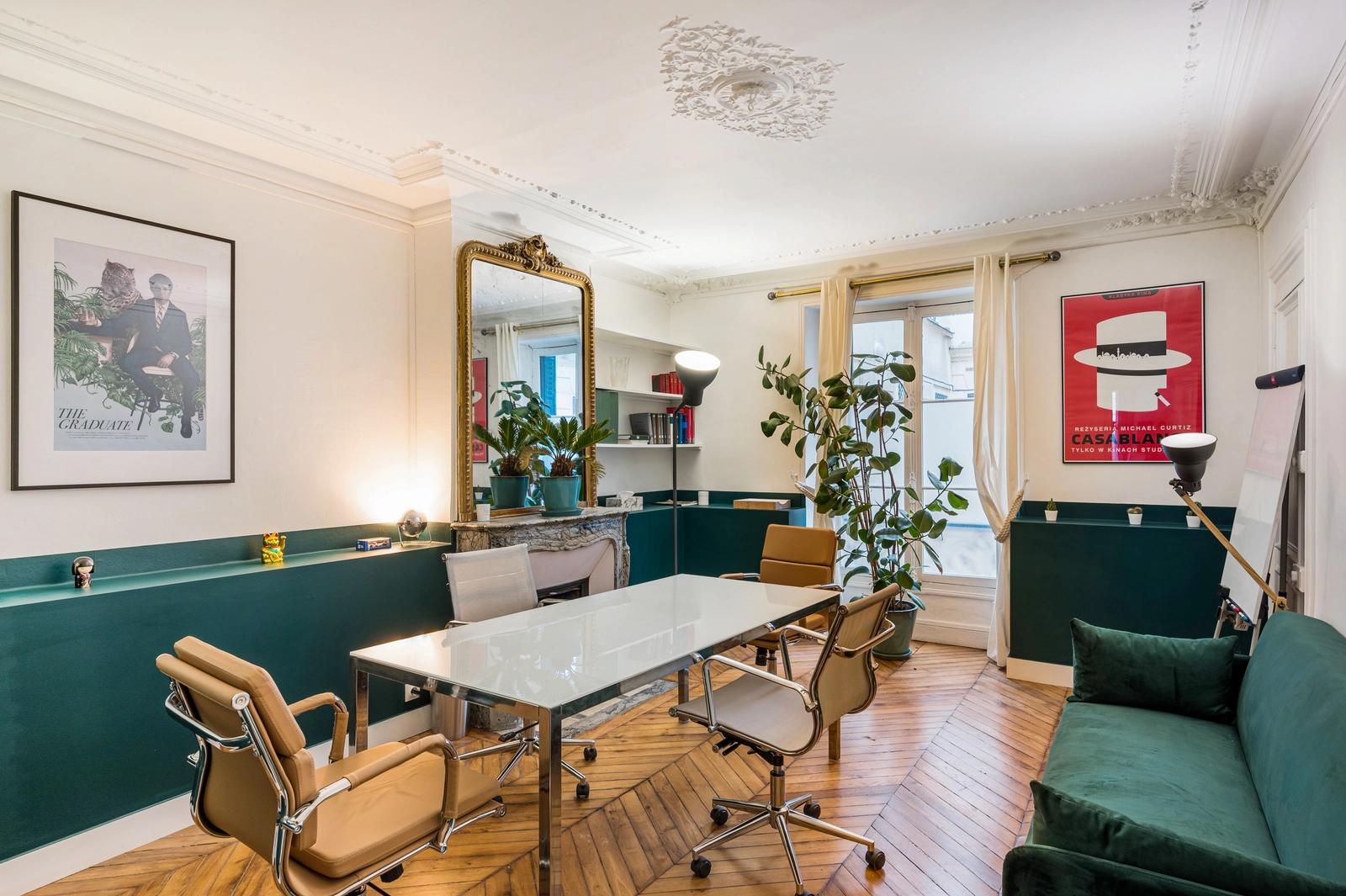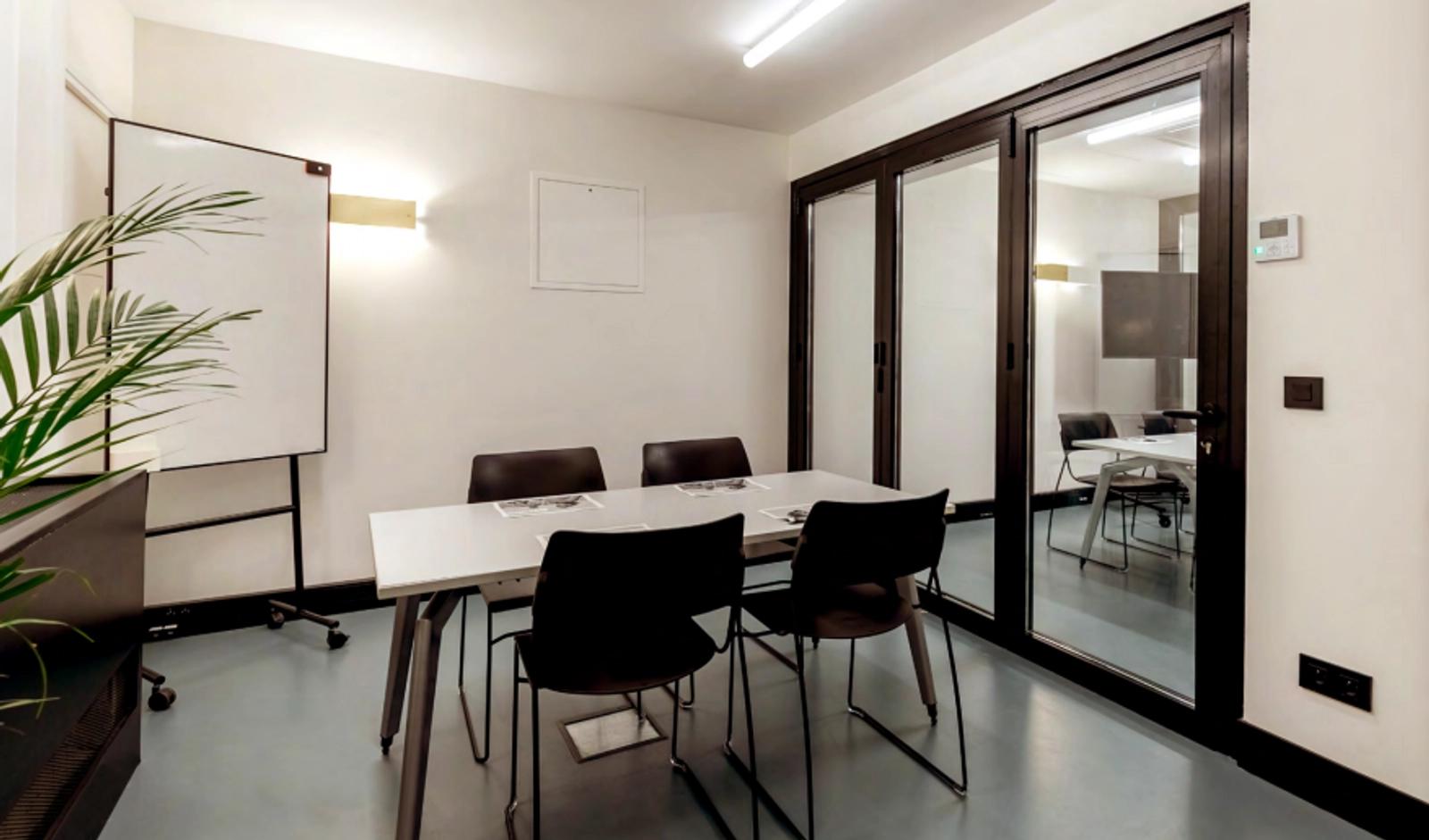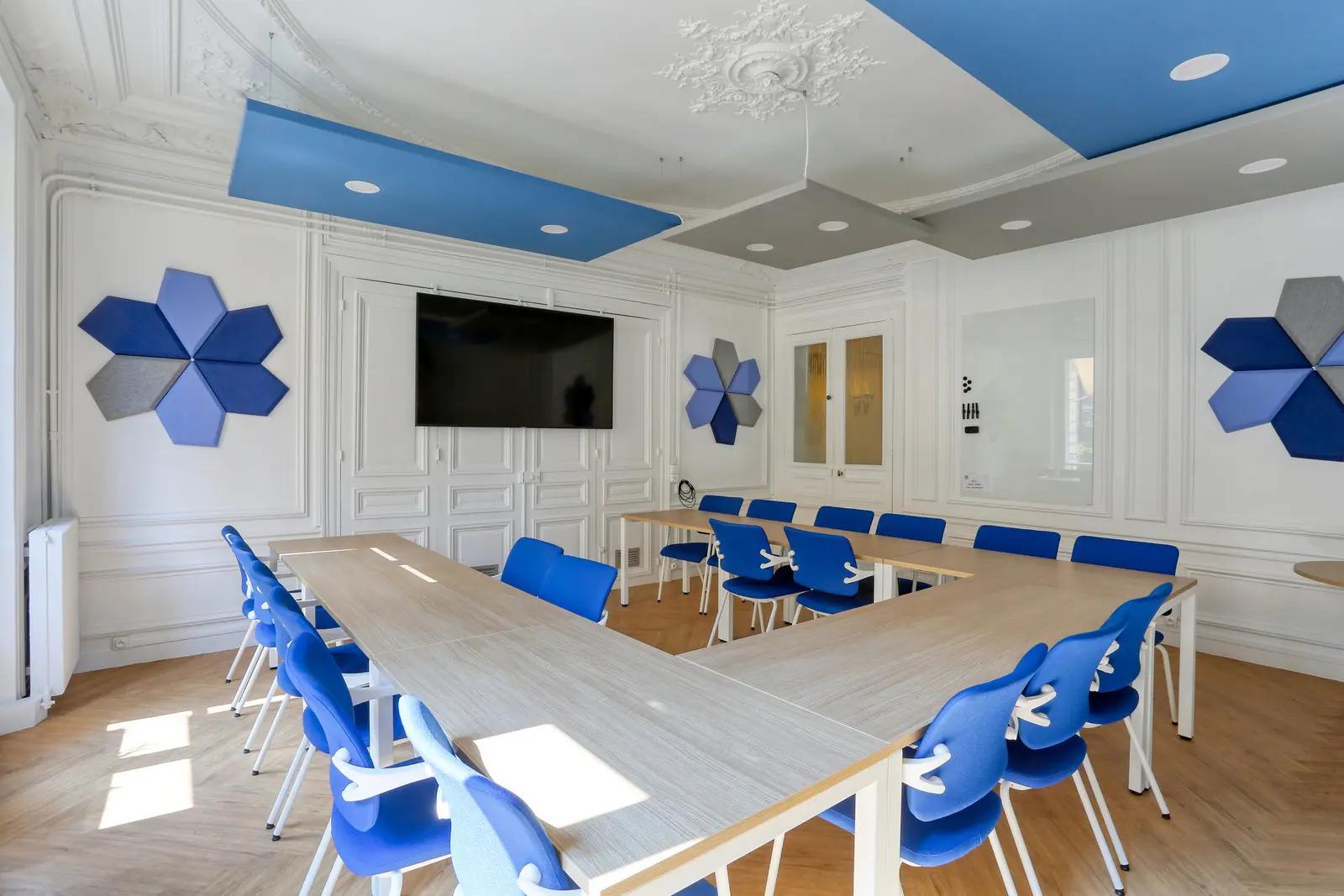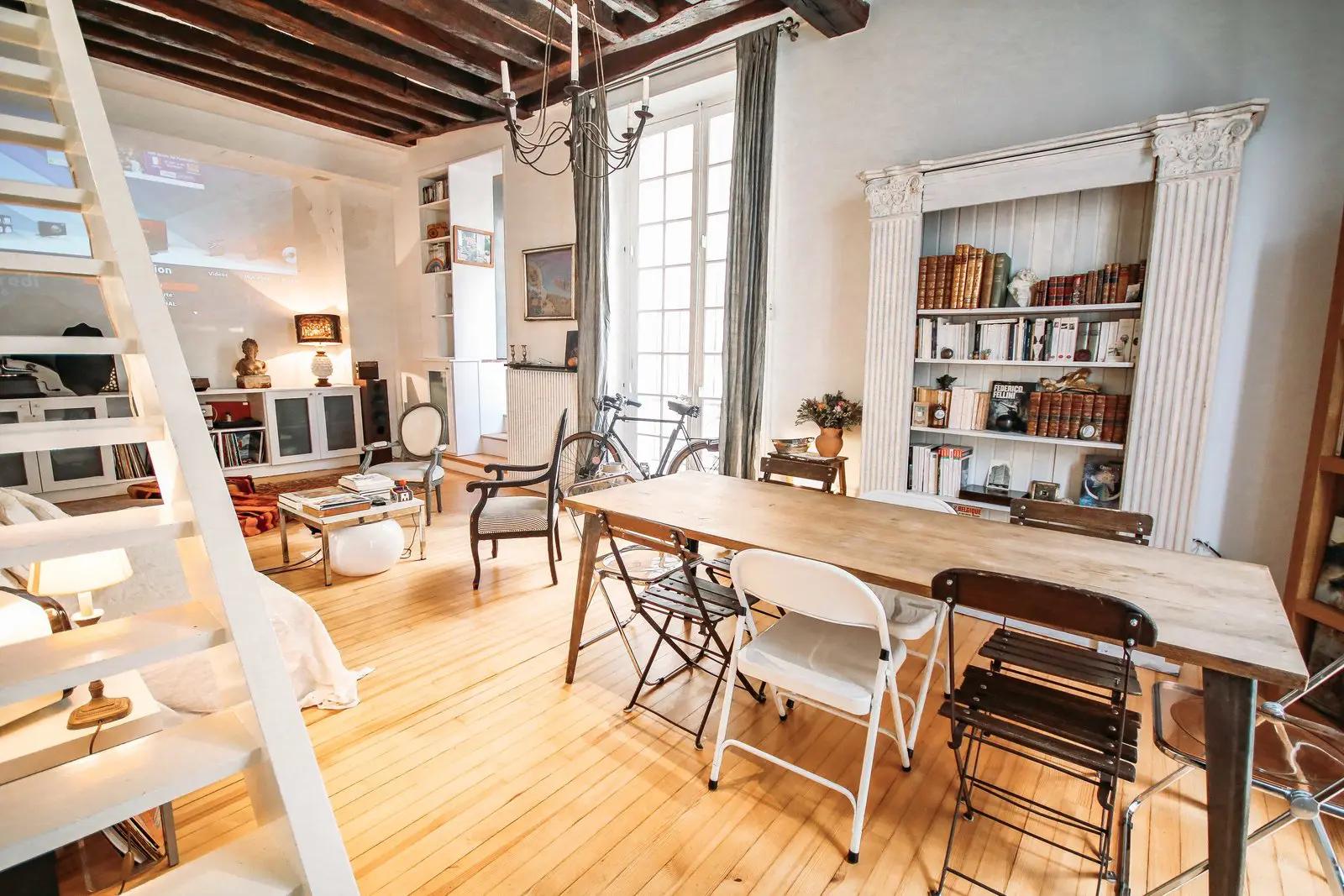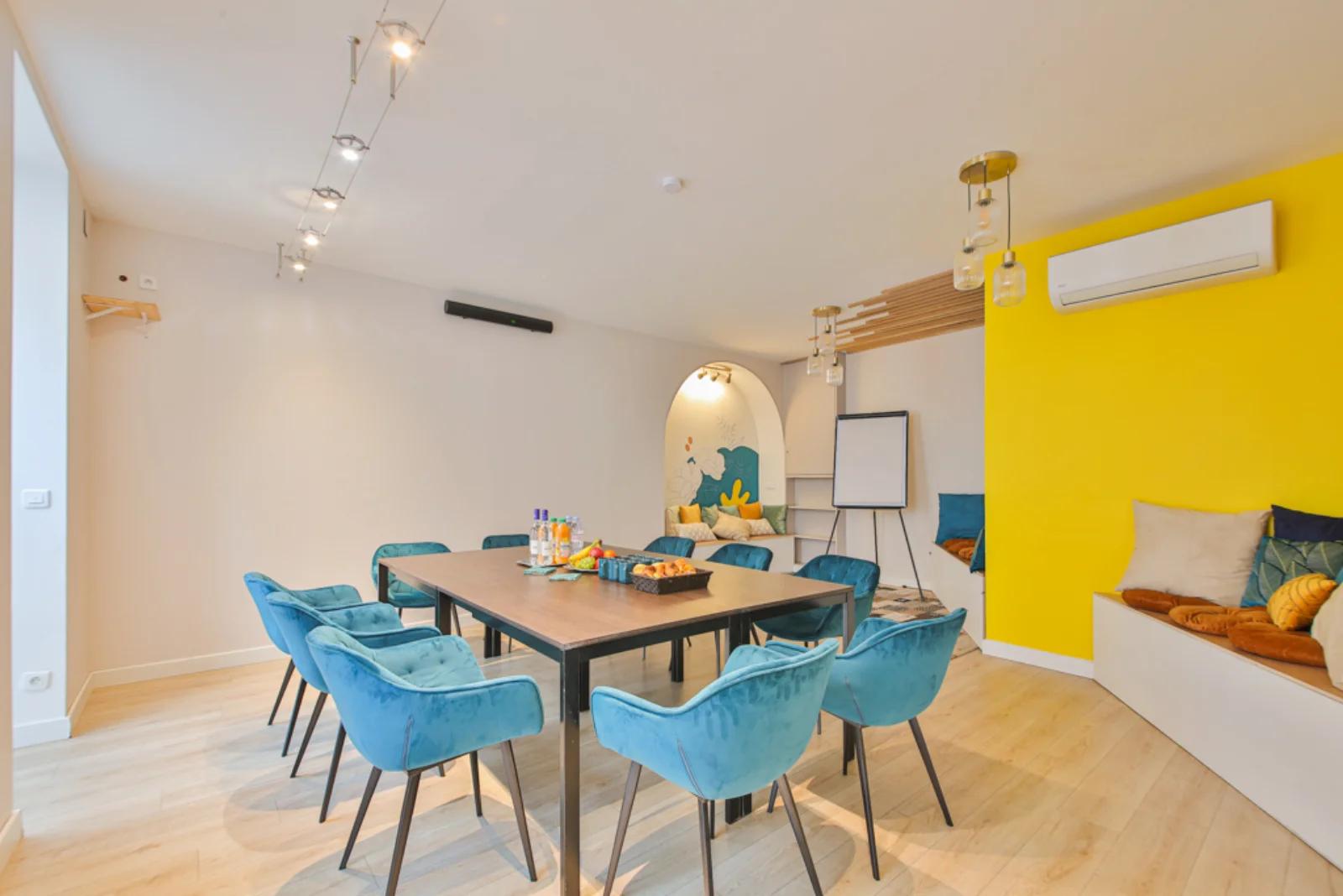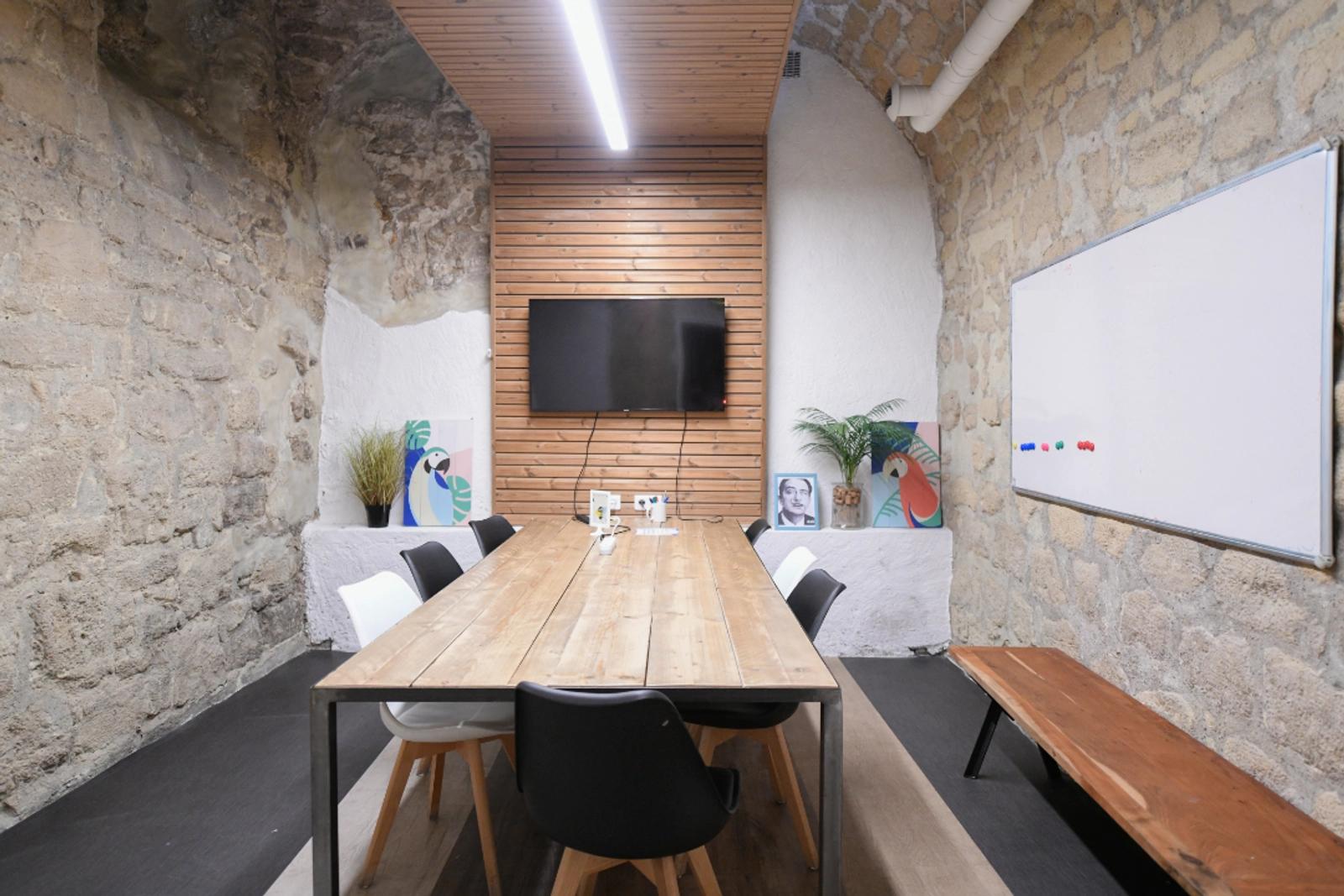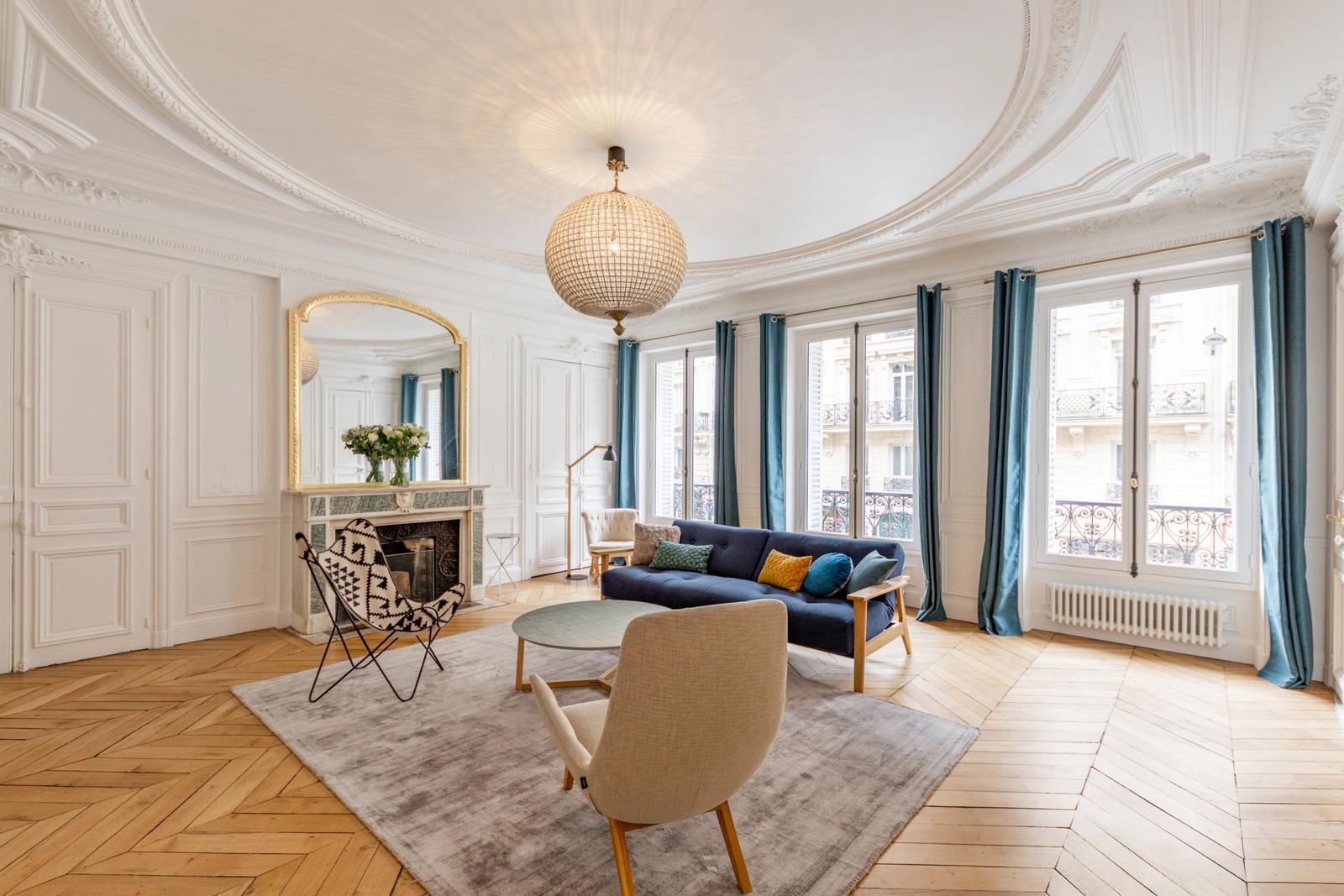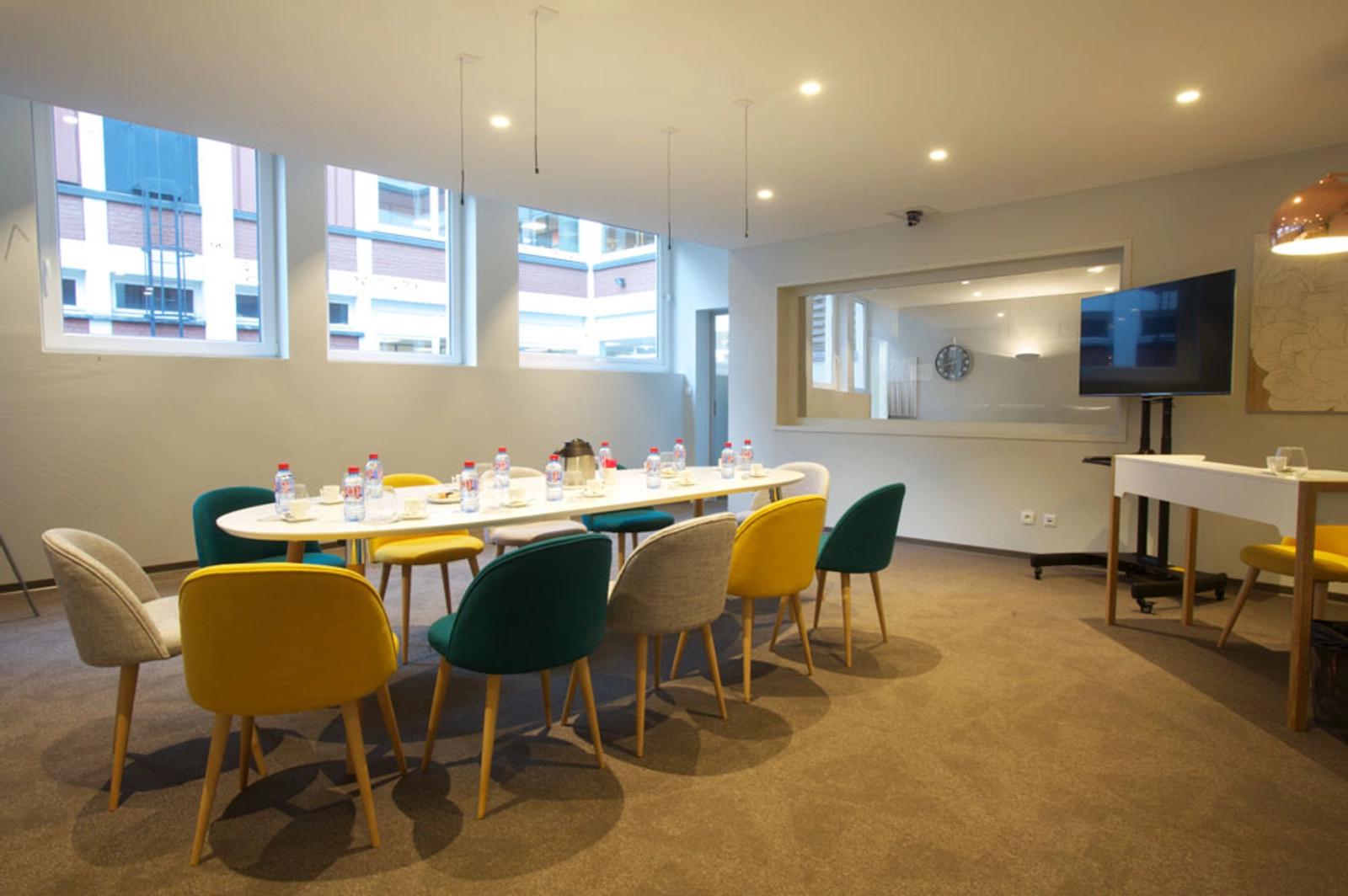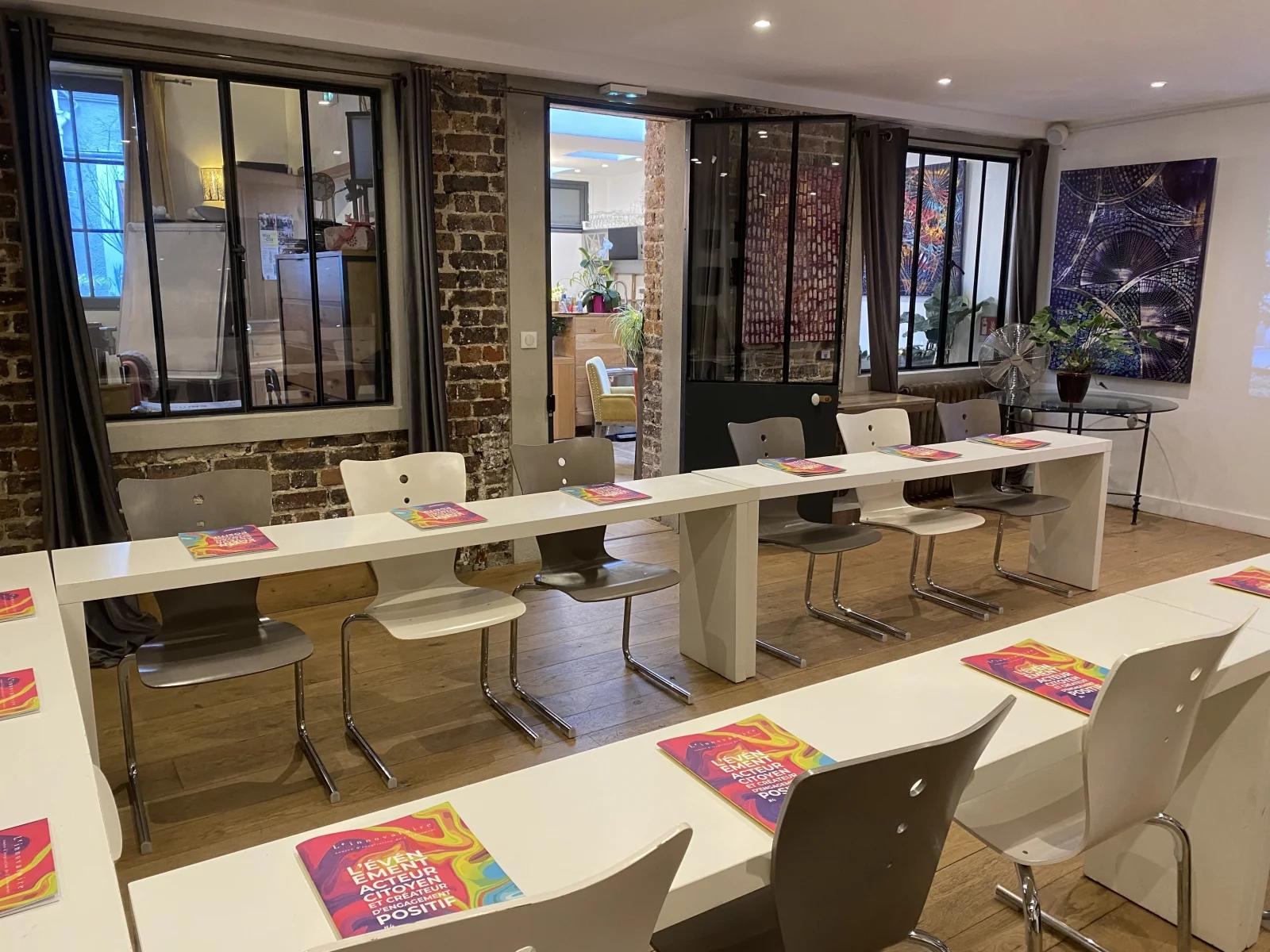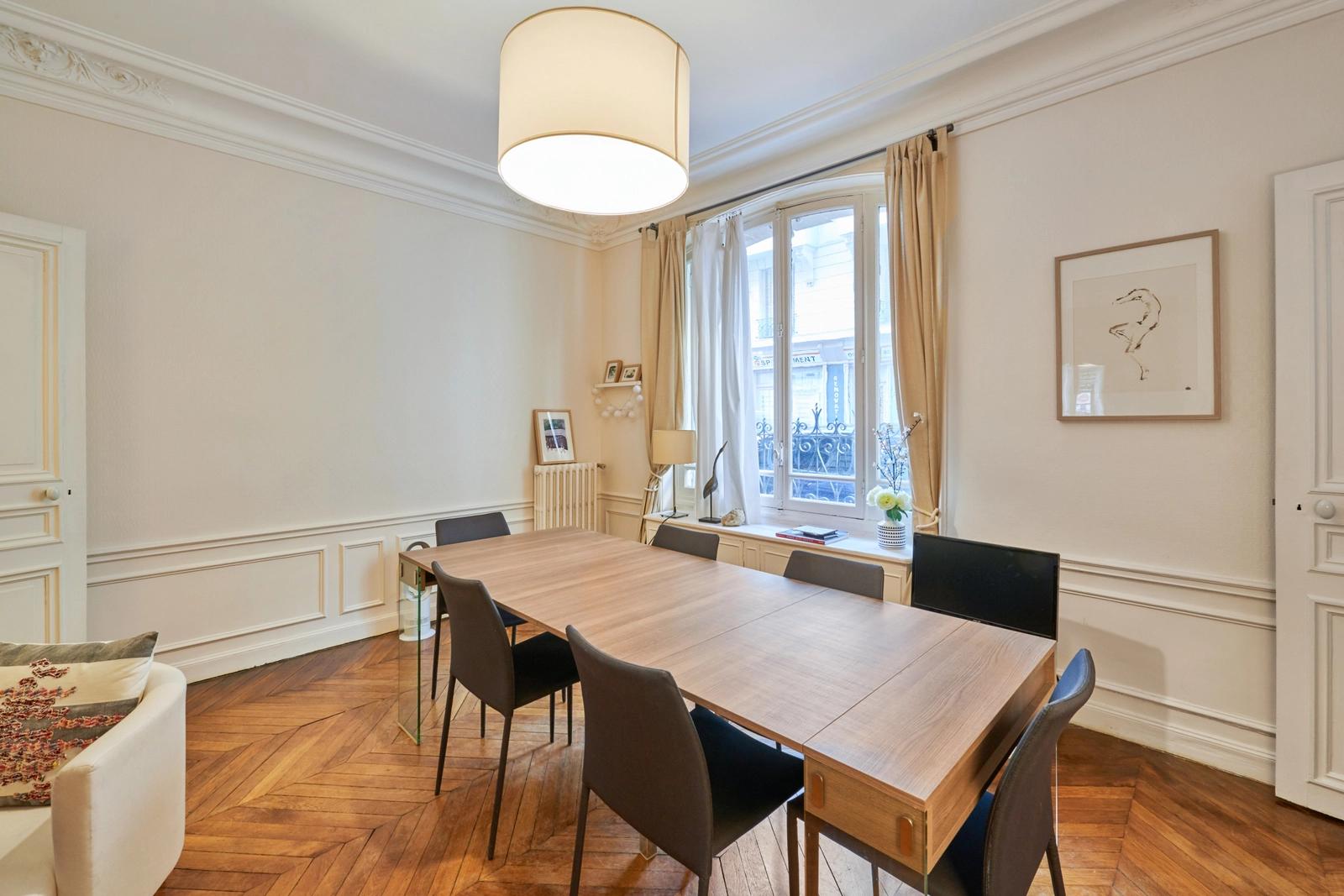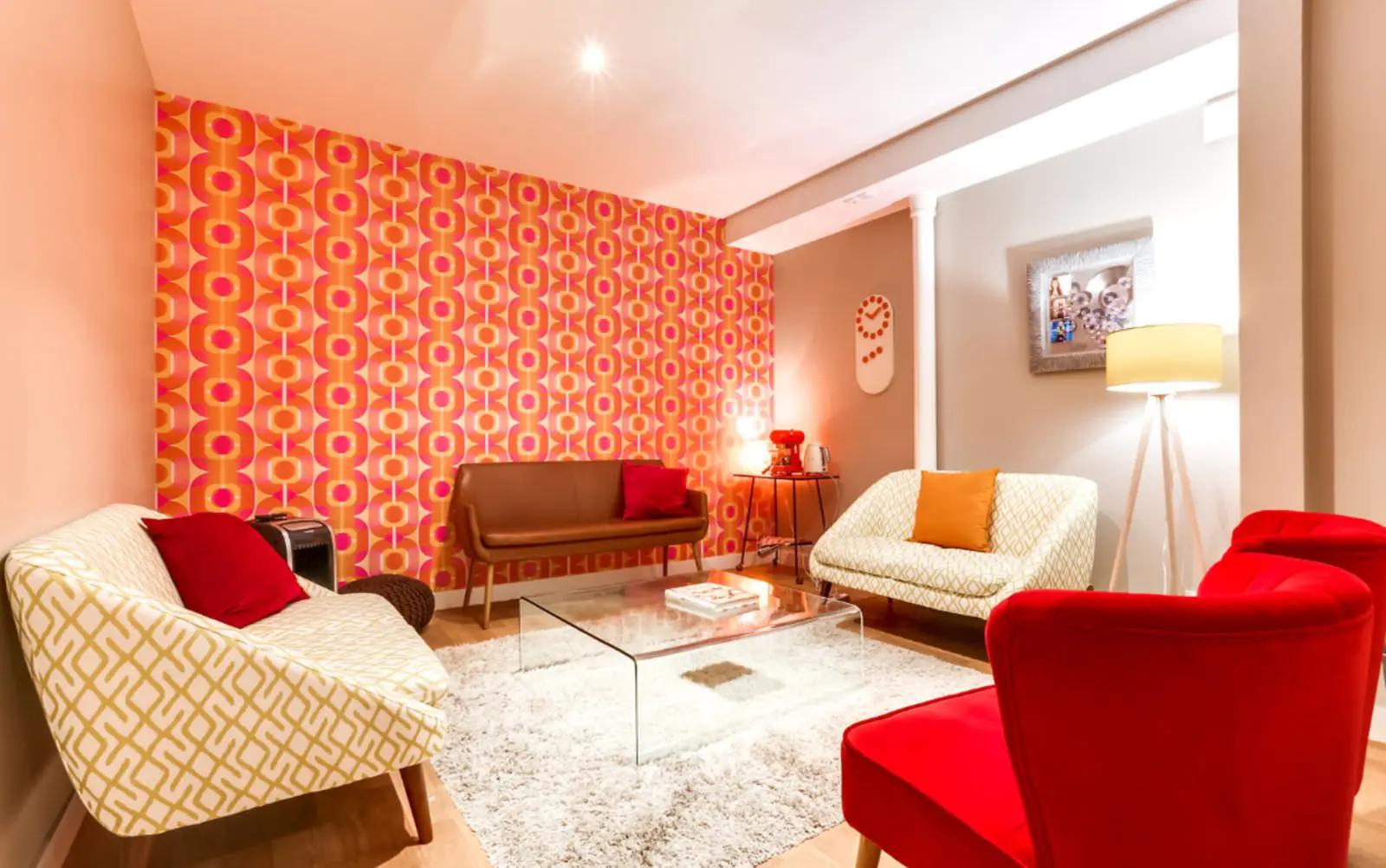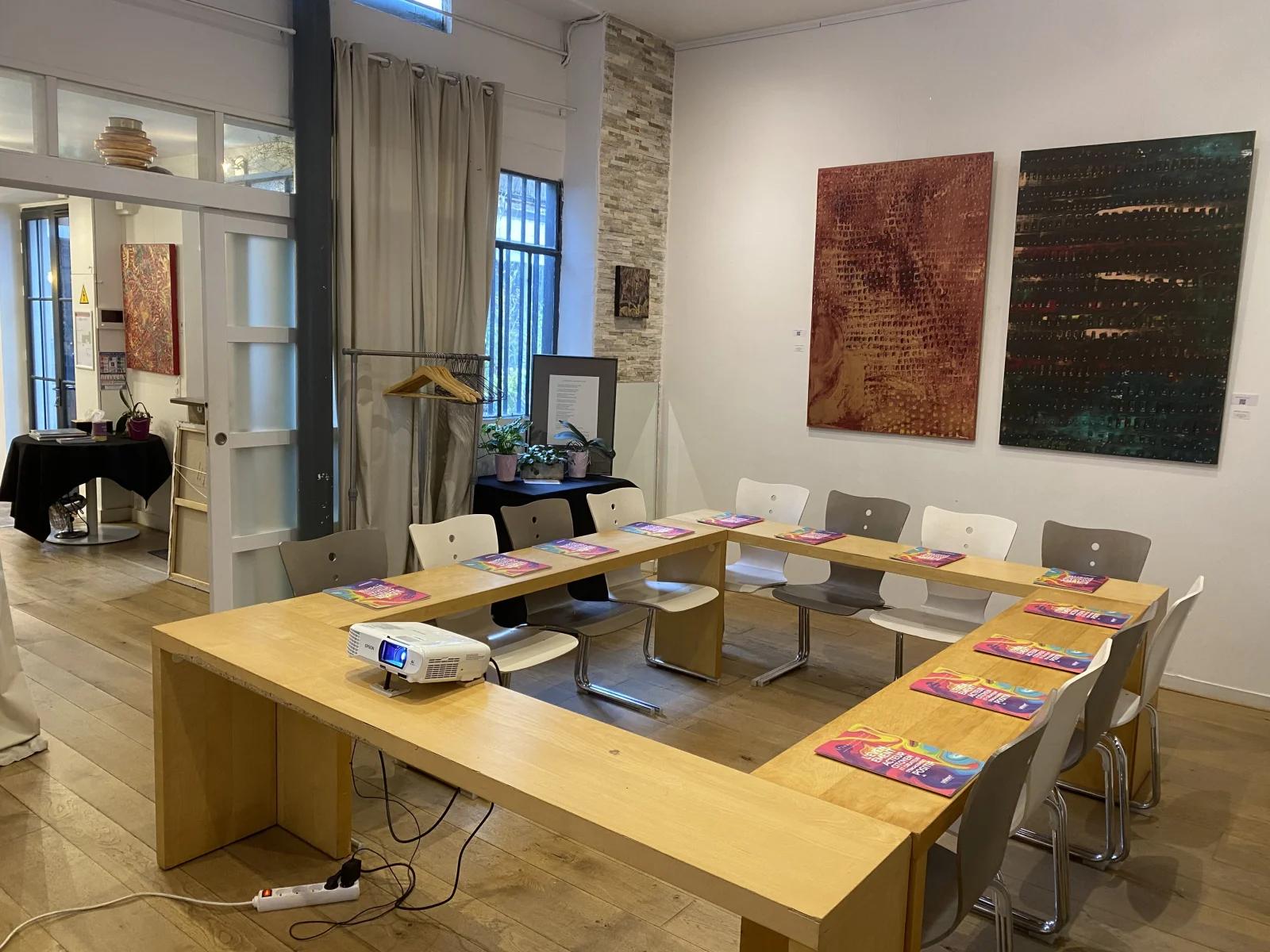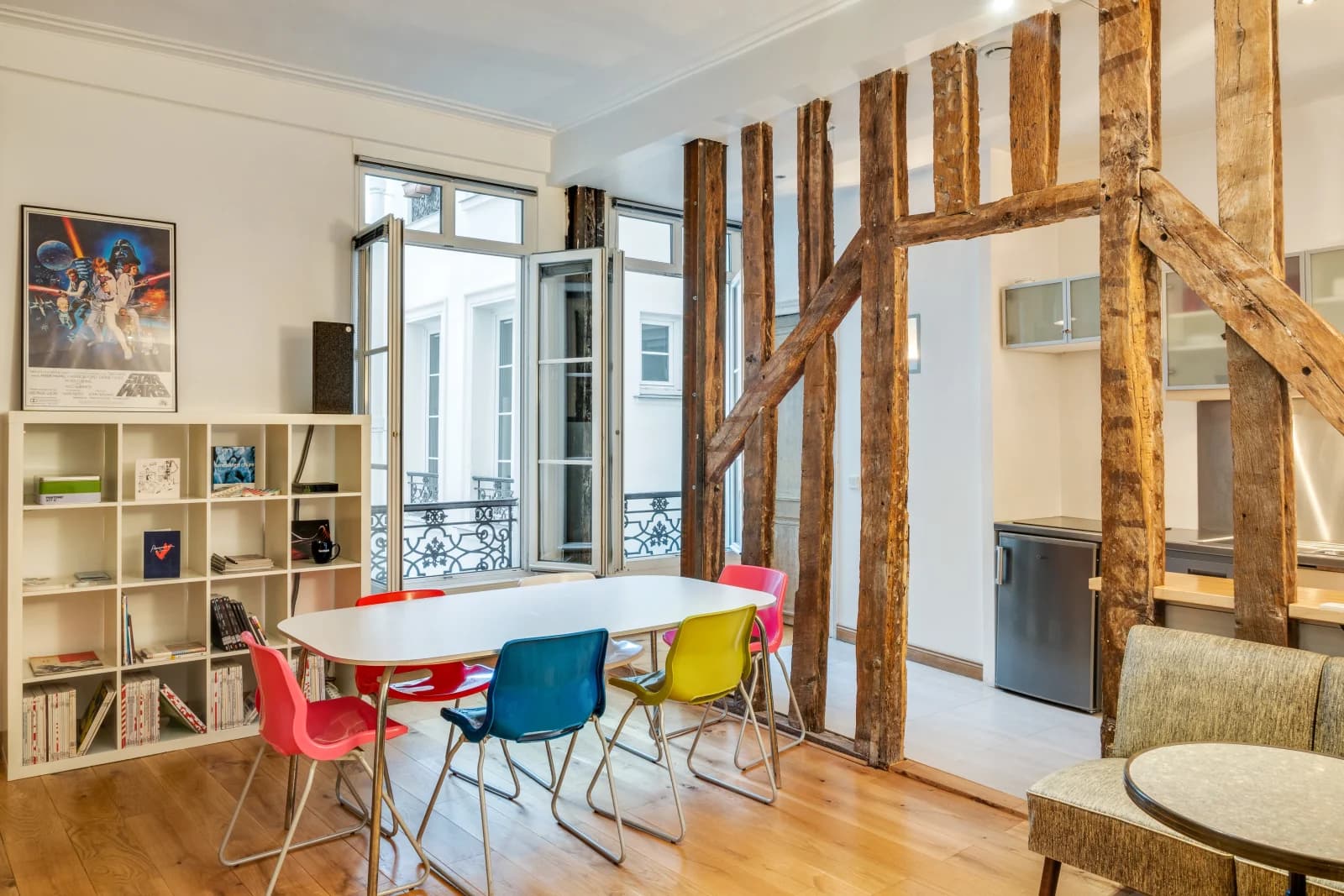Rent a unique training room
Thousands of hosts welcome your professional activities
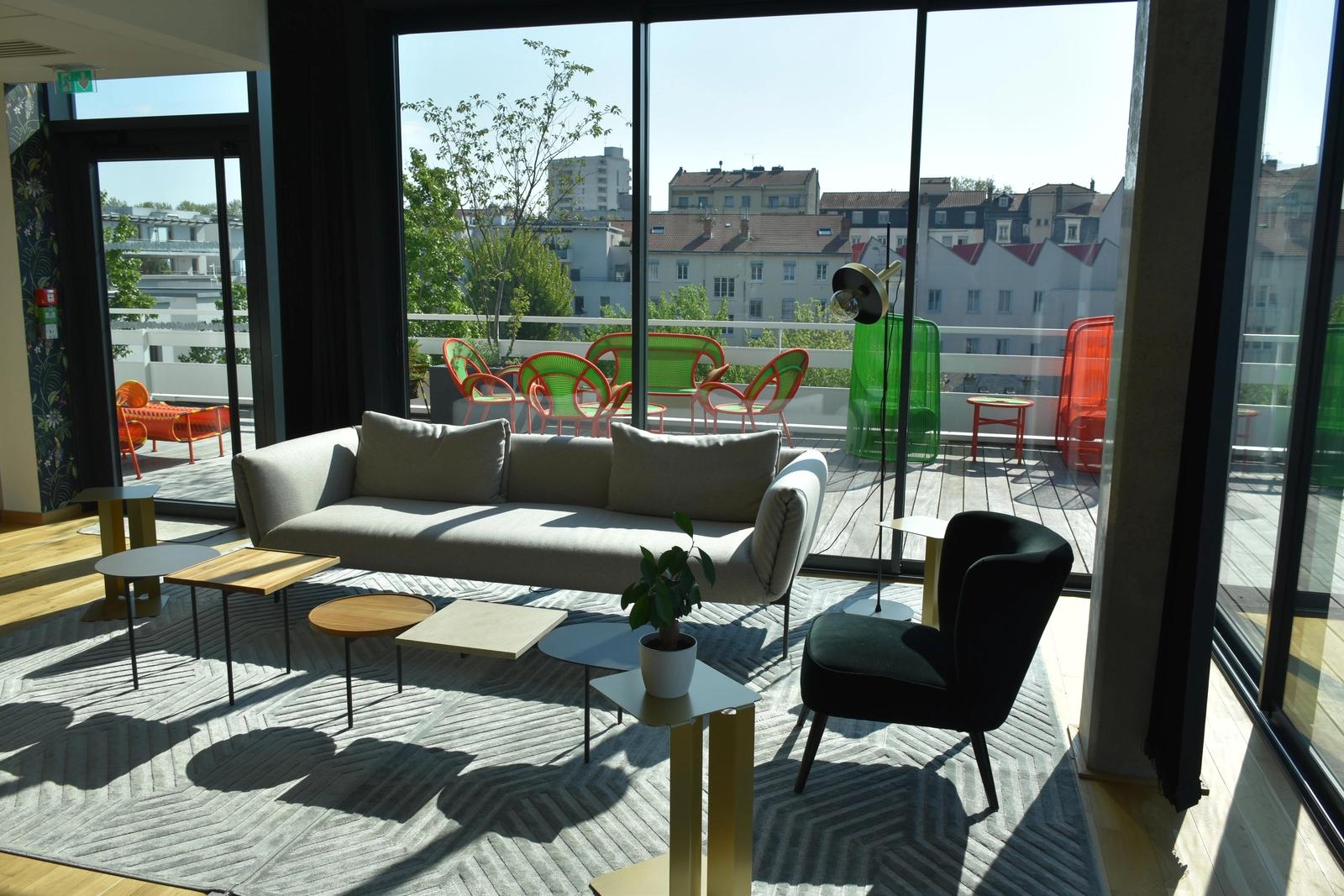
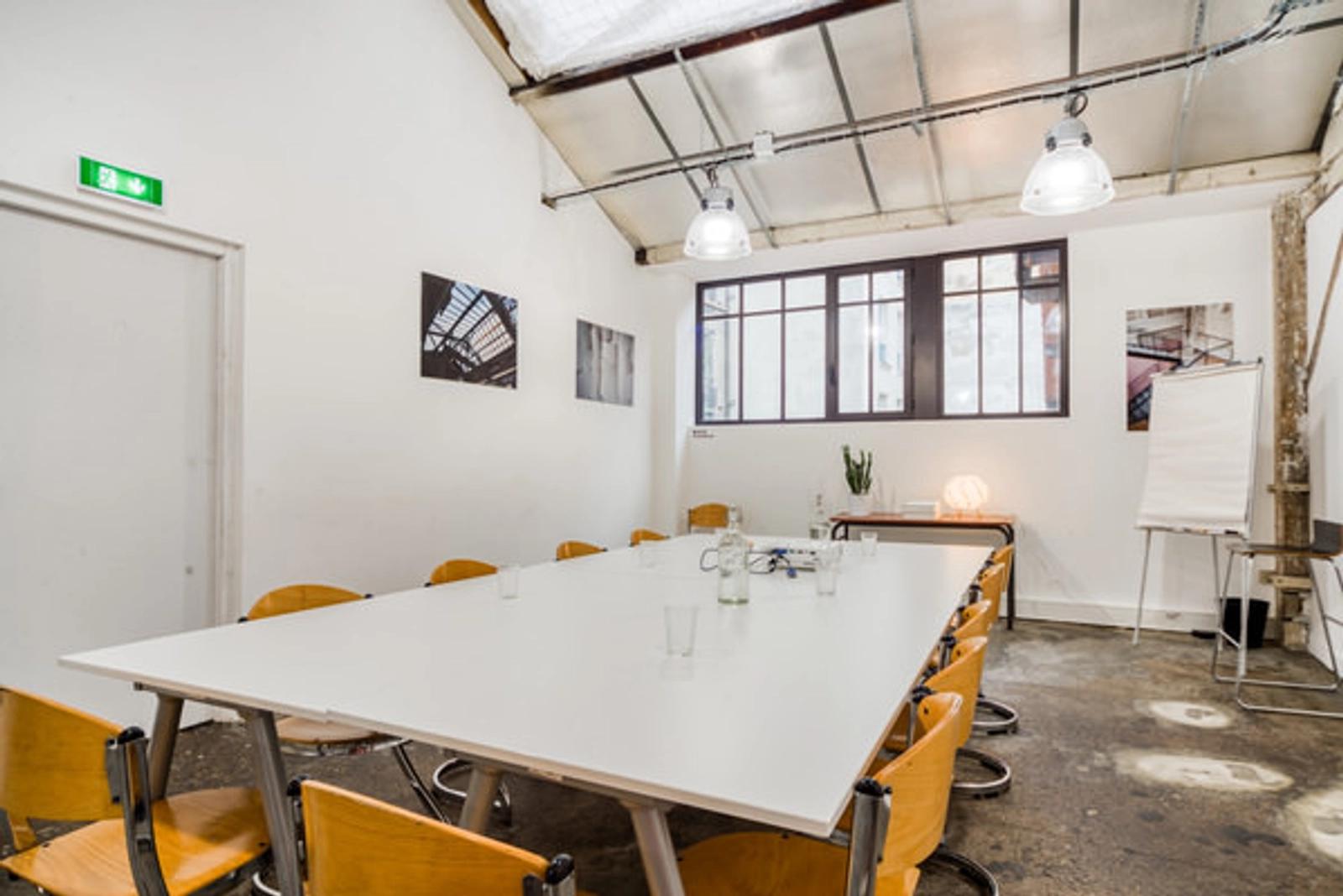
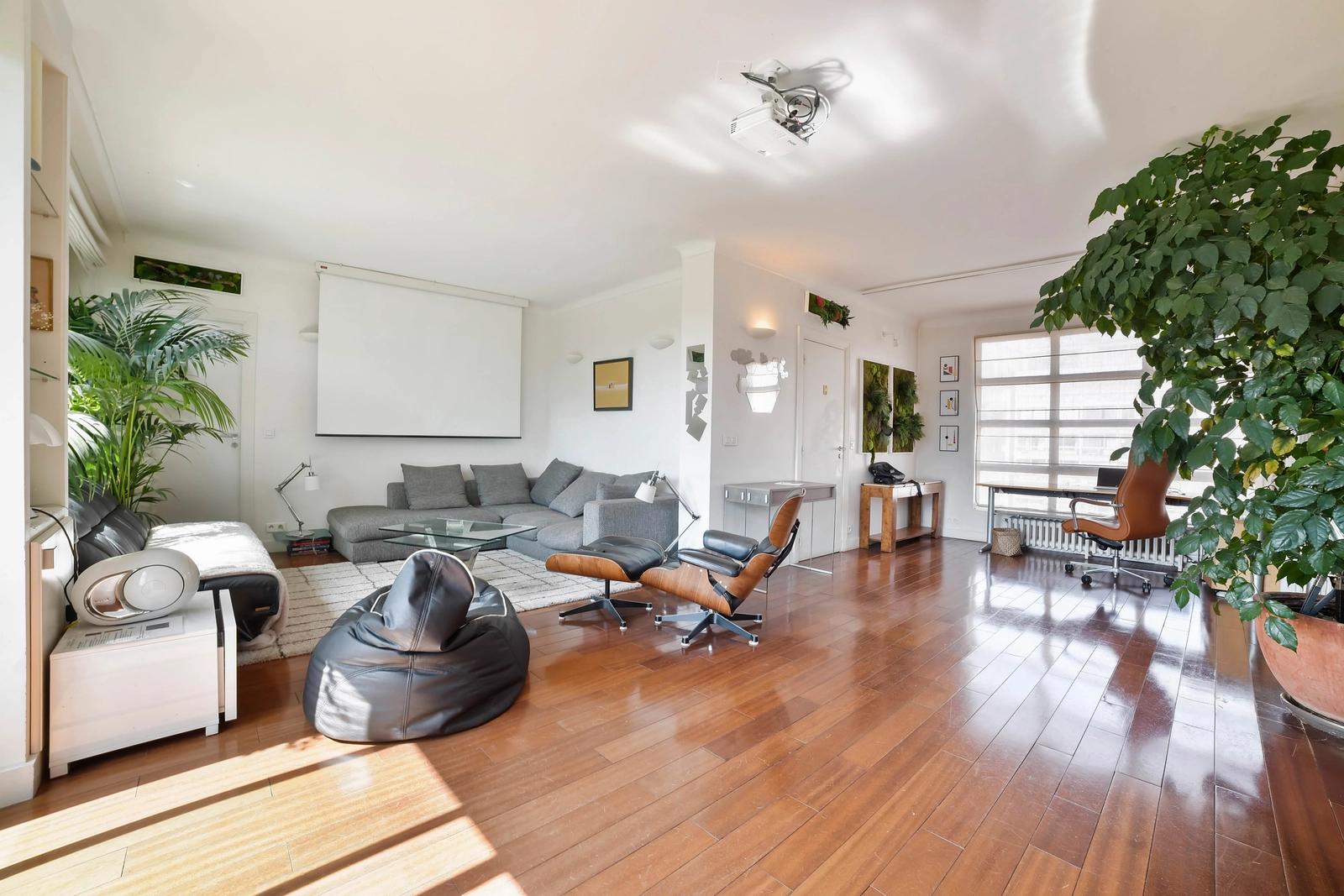
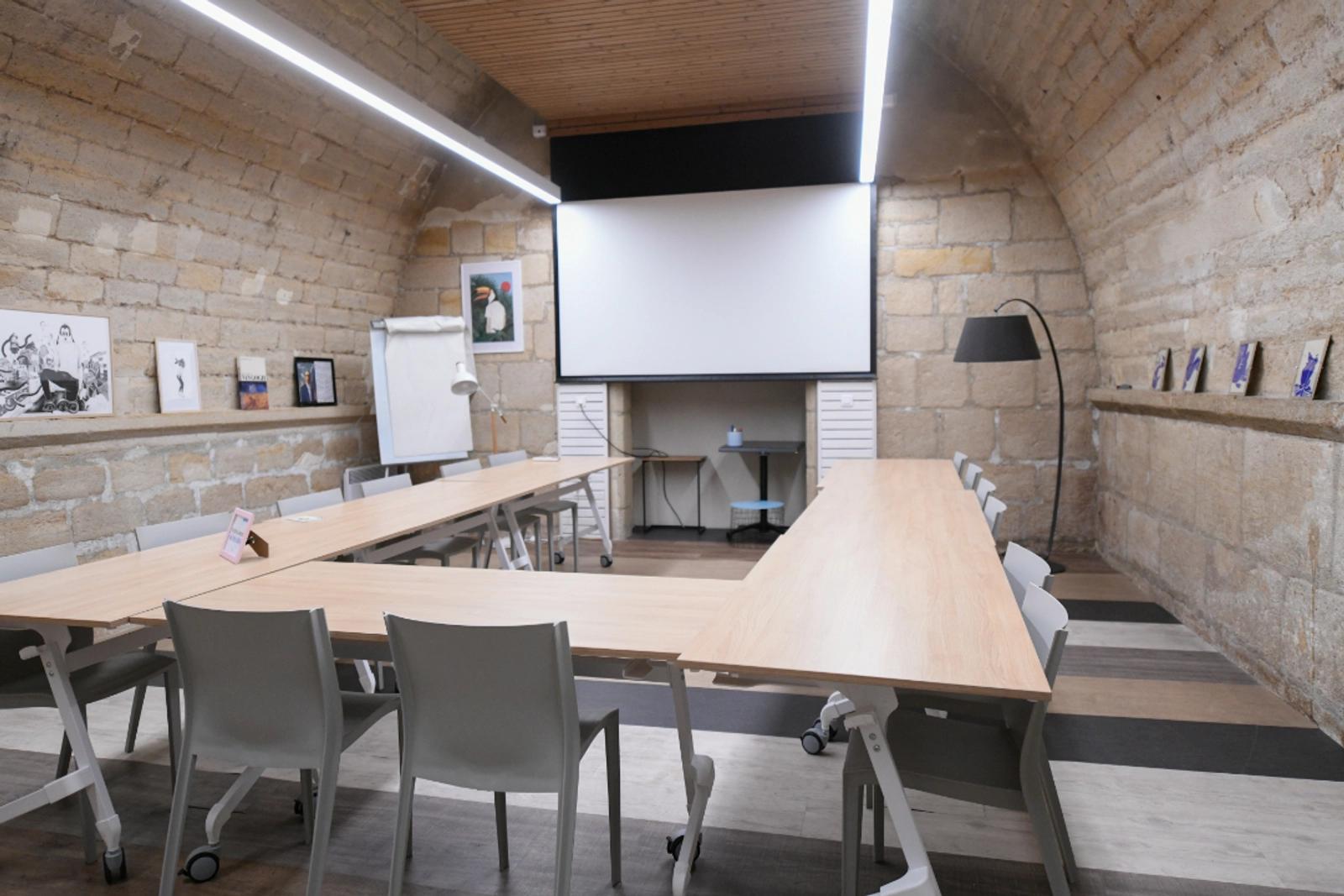
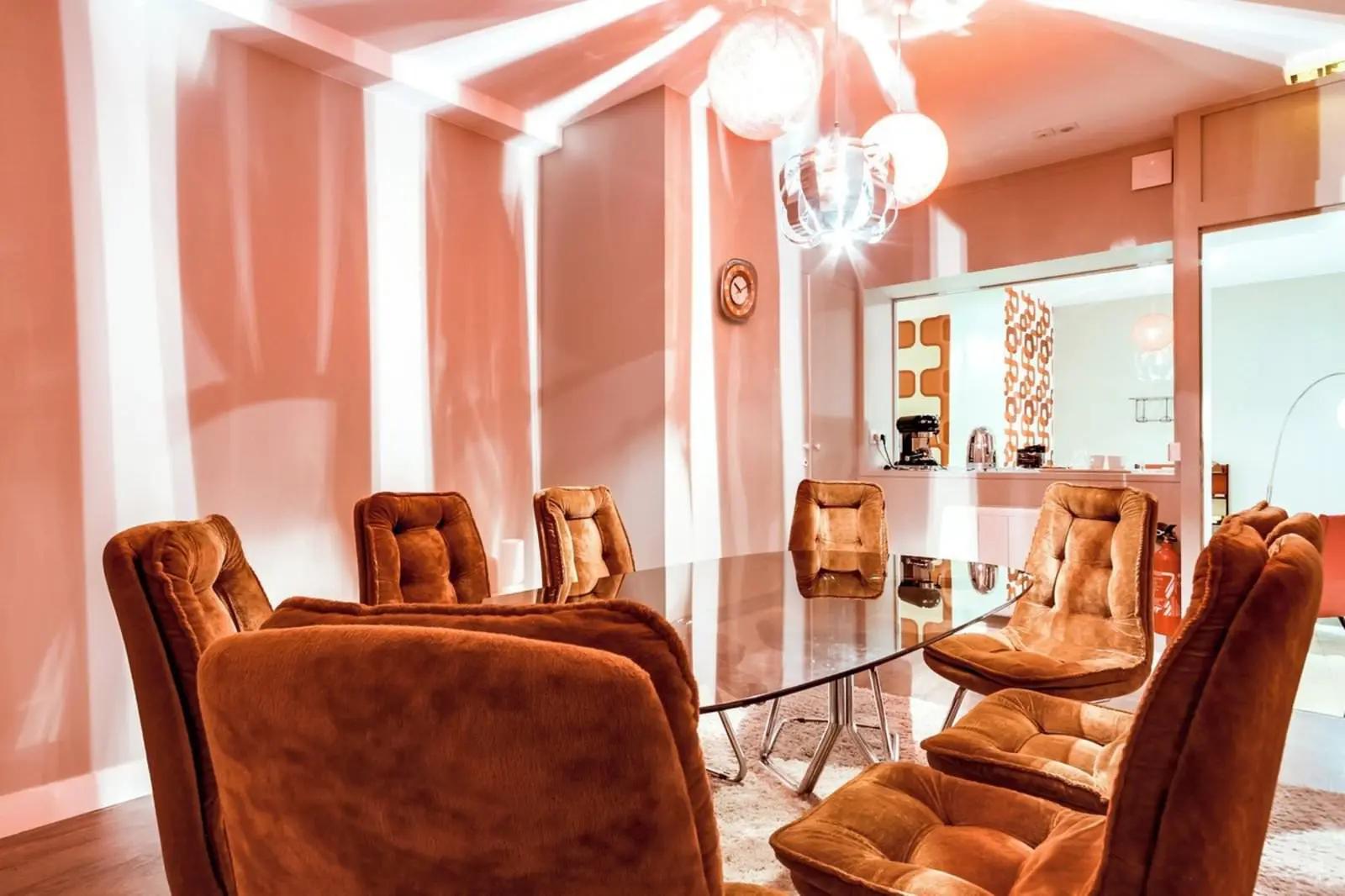
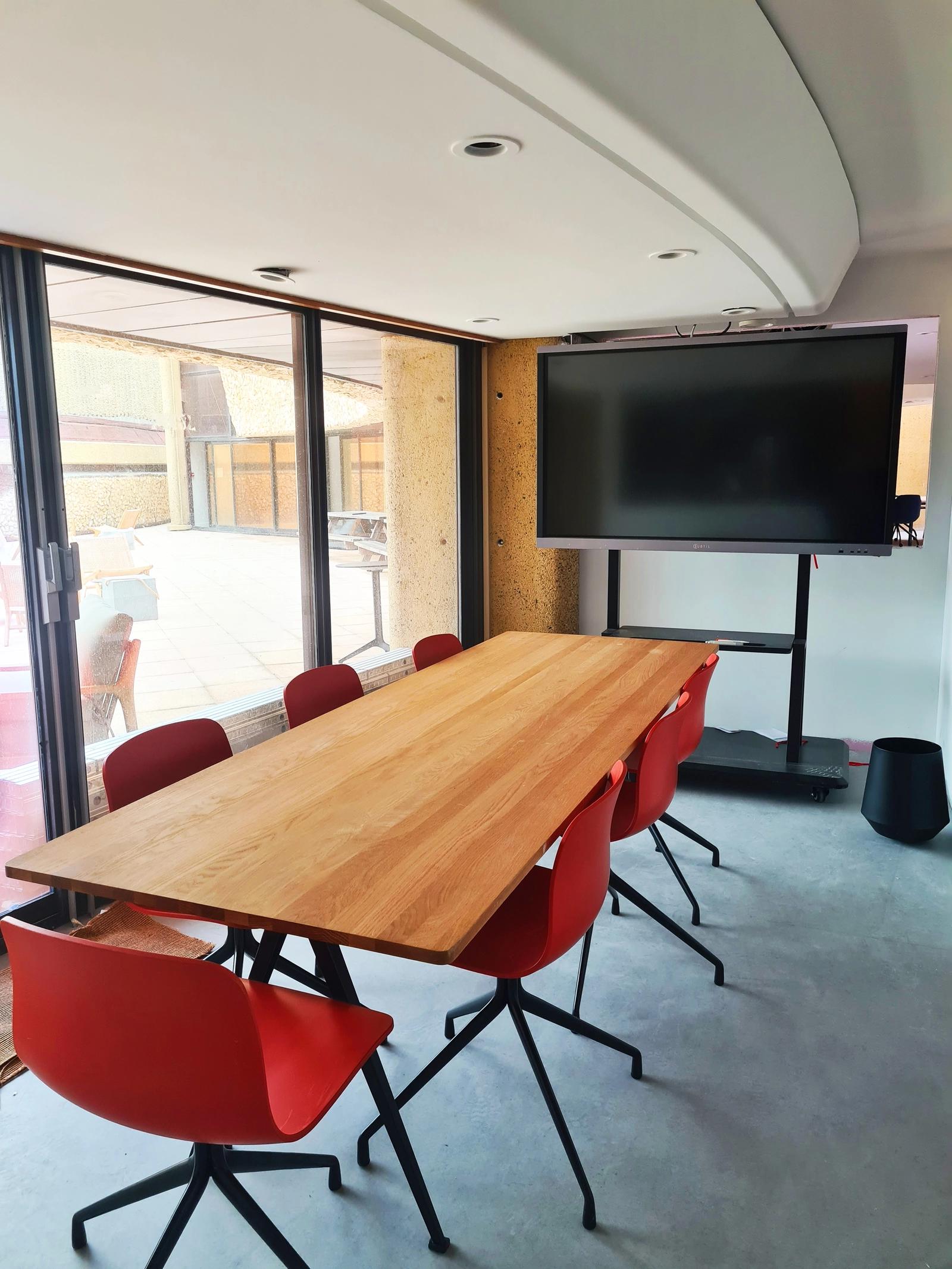
Rent the ideal room in your city
The success of a training event is closely linked to the quality of the venue chosen.
Organizing a training event requires a great deal of thought, both in terms of content and form. To ensure that the efforts made pay off, and that the experience is as enriching as possible for all concerned, you need to provide an environment conducive to concentration, of course. But participants also need to feel comfortable, at ease and in a serene state to be receptive, not to mention that their ability to engage with content will be enhanced in a stimulating environment. How does the quality of the training space influence the experience itself? Why is this a decisive criterion in the organization? What choices should be made?
Clearly anticipate your needs and draw up a detailed briefing
Every training event is unique and, as such, needs are never the same, whether in terms of equipment, room capacity, ancillary facilities, display devices, etc. So, in the preparatory phase, it's important to clearly anticipate your needs and draw up a detailed briefing. So, in the preparatory phase, the organizer will draw up a comprehensive briefing summarizing all the requirements that need to be integrated into the choice of venue. Don't forget anything, and take the time to plan ahead to avoid unpleasant surprises on the big day.
Capacity
Of course, this is an essential element to take into account. **The answer will automatically influence the choice of venue: solutions that are too cramped will be eliminated from the outset, because participants need space for their well-being! Don't forget that everyone is likely to bring a computer, a bottle of water, a snack, something to take notes on, and so on. Nor is it enough to rent a room that's "just big enough". Everyone needs to be able to comfortably settle in, without feeling like they're encroaching on the neighbor's territory.
The layout
Not all training sessions take place in the same way as a classroom, with a teacher facing students at tables. There may be a mixture of theoretical and practical phases, or even times devoted to debate between participants. When looking at the spaces available for hire, the organizer therefore needs to think at every stage of the event, to ensure that at every moment it will be possible to adapt the venue to the pedagogical needs.
Schedules and dates
Some training venues are particularly sought-after, and need to be booked at least several months in advance. So, if anticipation is no longer an option for the organizer, he needs to be able to date his training event quickly enough, to simplify administrative procedures. You'll also need to know the timetable, even if some venues are really flexible and can offer daily rates, with the possibility of using the venue at any time in the morning or evening (to start early over breakfast or finish later with an aperitif dinner, for example).
Budget and extras
The training organizer's briefing, a veritable specification for choosing the best venue, must of course give a clear and precise idea of the budget available. This will also make it possible to know, from one venue to another, whether it is possible to benefit from certain extras, such as a catered meal or additional equipment. Moreover, if the organizer is aware that some of the services he needs are often included in the extras billed on top of the basic price, he must anticipate this element carefully, to avoid unpleasant surprises when he receives the quotes.
Equipos y servicios para profesionales
Organize the space dynamically to stimulate participants
Whatever the nature of the training, choosing a modular and flexible space is bound to benefit everyone, because it's an excellent barrier against gloom and lack of motivation.
Table layout
The widespread school-class layout is not the only possible solution for training. It is, however, a feasible option for "lecture" periods, when the aim is simply to deliver information to trainees. To encourage exchanges and discussions, it's best to use U-shaped set-ups or meeting tables, which offer the opportunity to use computers if required, provided that the appropriate furniture is available (retractable computer furniture, allowing screens to be raised and lowered, for example). For workshops, it may be preferable to define islands, facilitating work in small groups. Once again, even if these moments don't represent 100% of the training time, there's nothing to prevent you from favoring a flexible layout and moving the equipment to suit the different stages of the course.
The need for fluidity and freedom of movement
For training to be of the utmost benefit, participants must not be subjected to constraints. That's why, whatever arrangements are chosen, it's essential to think about the freedom of movement that everyone must enjoy.. In concrete terms, you don't want to be stuck in a chair all day long: that's not conducive to concentration or motivation. Chairs or armchairs should be sufficiently mobile so that you're not "stuck" to the wall or table. What's more, even for the most theoretical training courses where there's no provision for movement or practical workshops, it's important to schedule breaks during which everyone is free to go and get a coffee, stretch their legs and rest their minds for a few minutes. And if the simple act of leaving one's chair to go outside means waiting for everyone to clear the space, you're adding to the constraints that won't allow you to bring together all the ideal conditions for a successful training session.
Use all the equipment necessary to transmit knowledge
under the right conditions Information is much more likely to stick in people's minds if it's presented in a variety of attractive ways. When hiring a training room, the organizer must therefore check that the speaker(s) will be able to use a wide range of media to diversify learning methods.
Visual aids to keep everyone's attention
While the best-trained speakers captivate their audience with the sheer power of their voice, visual aids are generally necessary to ensure that participants are not too quickly lost in the training content. In some cases, visual aids are even essential to illustrate what is being said and to provide concrete, understandable and memorable information. Logically, you'll need a screen in a training room, but you might appreciate using interactive screens, which offer greater flexibility in practice. The blackboard also remains a must.
Furniture comfort and ergonomics
We don't think about it enough: during a training session, if you sit for hours on end on a simple chair, you quickly run the risk of experiencing muscle or joint pain. Of course, this quickly prevents you from concentrating, not to mention that it demotivates you and doesn't give a good overall impression of the experience. In this sense, we don't hesitate to privilege ergonomic furniture, as well as atypical alternatives, so that participants feel perfectly at ease. For example, adding convivial areas with sofas, to facilitate dialogue and relaxation between two intensive sessions, is a very judicious option. There's also a tendency to overlook essential ancillary equipment: before renting a room, check that there's a video projector on site, find out whether office supplies are included or not, and so on.
Focus on a high-quality, original and appropriate training venue
Once all the basic requirements for a training venue have been met, it's time to look at the details that can make all the difference. Why not rent an atypical space, not just for training, that will surprise participants and guarantee an unforgettable experience? A green setting: between surprise and bucolic calm For a training course aimed at executives who are constantly stressed by a hectic pace and city life, the ideal setting is one that leaves a maximum of room for greenery. Some may include a small garden, or simply be decorated with lots of natural effects.
A space that reflects the values conveyed
By choosing to present a training course in an atypical venue, you open up the possibility of personalizing it according to your own philosophy. For example, the organizer can hang posters or decorative elements in the brand's image, use surprising accessories to assert an innovative reputation, or even give a fun, offbeat feel to the training, which may appeal to young talent in particular.
Choose an easily accessible location
Companies that have set up their premises on the outskirts of town are well advised to look for atypical training locations in the city center: first of all, this will enable them to get out of their walls and comfort zone, to get a bit of a change of scenery and better appreciate the moment. What's more, for training courses designed to welcome people who sometimes come from far away, proximity to train stations, airports and other metro lines is a strong argument!
